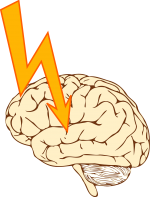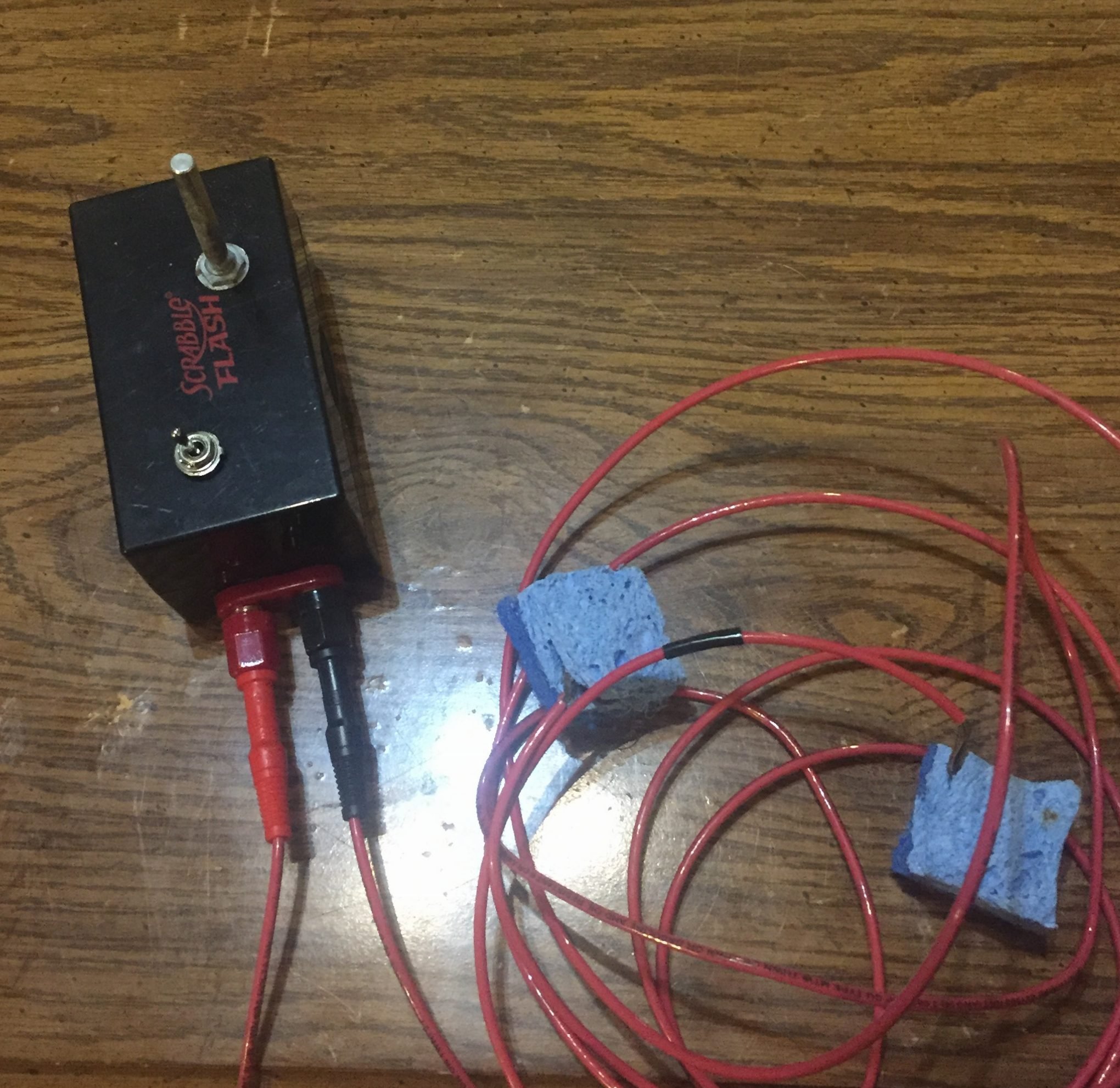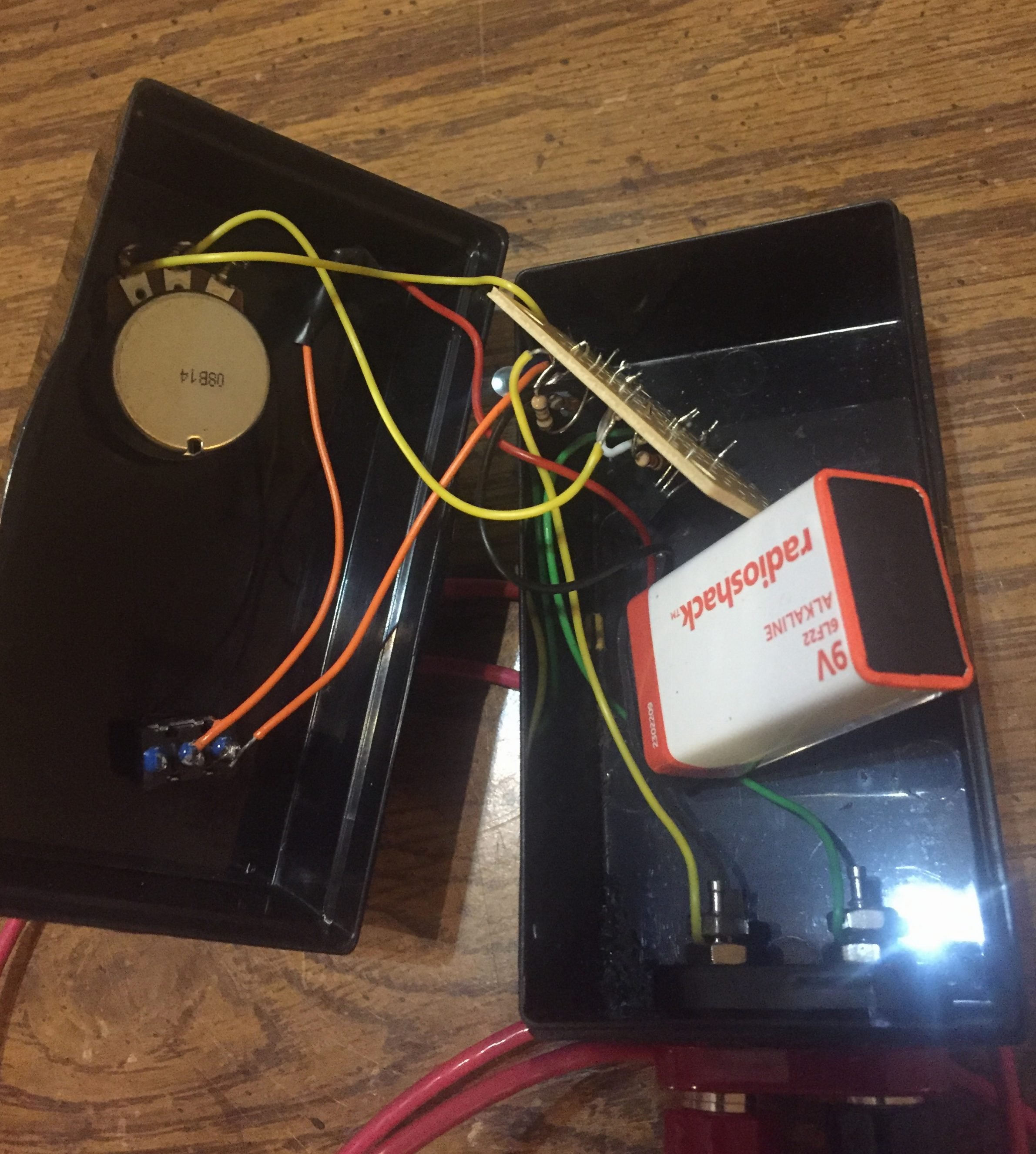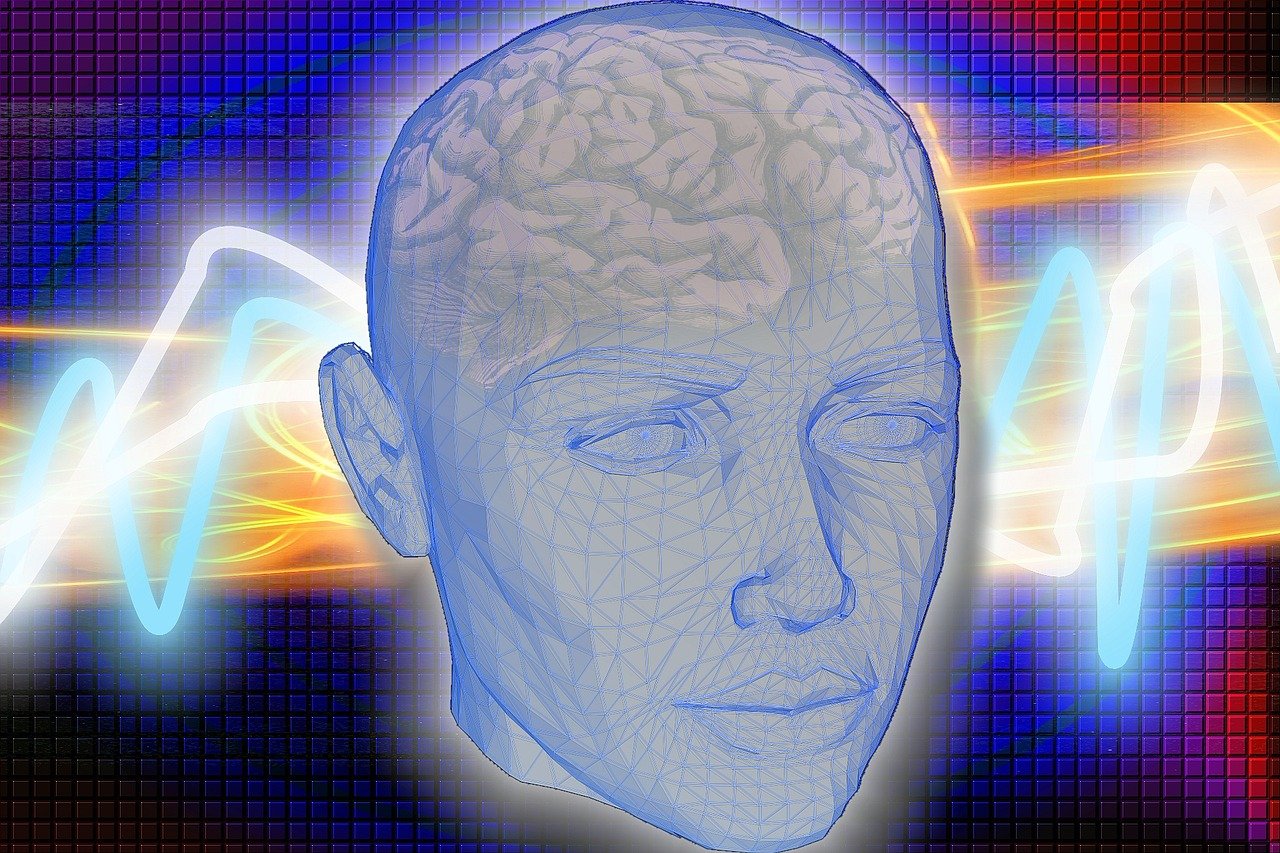Over the last few months, I have snorted powders (not that kind of powder), zapped my head, ingested some pretty disgusting substances, and sent a vial of my spit across the country. Why have I done these things?
Because, I am scared that one day I will have Alzheimer’s. It runs in both sides of my family and I have seen my grandfather, a once brilliant man, slowly declining. This disease is personal to me and my family, and because of this, I have gone to extreme lengths to find ways to mitigate the effects and hopefully to prevent it.
I have discovered, in the course of self-experimentation and research, five things that make my brain work better. No, this list will not include clean diet, exercise, caffeine, meditation or any of the things you would normally find on a list like this. This is the antithesis of the smarmy health blog countdown lists you’ll find on Facebook. A word of warning, I am not a doctor, and I am not suggesting that you do the following. I am simply listing things I have done, that have had efficacy for me.
Nootropics
1. Noopept (up the nose)
As I embarked on my biohacking journey, one of the first things I came across was Noopept. This substance was invented by the Russians in the 70’s and its scientific name is N-phenylacetyl-L-prolylglycine ethyl ester. That’s a mouthful. The substance was invented as a more powerful alternative to Piracetam (another smart drug developed by the Russians). There is a lot of anecdotal information available on Noopept, which I largely attribute to it being around since the 70’s. I was comfortable with the level of risk I found, and did not see any side effects that I was not comfortable with risking. It seemed to be relatively safe in small doses while still being effective.
So, after doing my research on reputable vendors, I went to powdercity.com and ordered 1 gram of Noopept along with some other nootropics and a scale that measured down to .001 grams. When it arrived, I was sorely disappointed with the results. Nothing. After everything I’d read on the stuff, it was a dud. That’s when I discovered the subject of bioavailability. That was the key. The substance worked, but in order for this to happen, you had to give it the best possible chance of breaking the blood-brain barrier. I kept reading and quickly found that the most effective means of taking it was snorting it. The mucus membranes in the nose absorb the substance better than any other method. So now, I logged onto ceretropic.com and ordered their Noopept nasal spray. The spray consists of Noopept dissolved in deionized water (it has to be deionized or the Noopept molecules will bind to the water molecules and will not mix evenly).
Put simply, it worked! One spray to each nostril will produce results in about 15 minutes. When I take it, I feel more focused, alert and I find that I can process things much faster. The effect fades after about an hour and a half with no crash. After using it on and off (I don’t take it every day) I have found that it is still just as effective as the first time I took it. There are a few other effects that are pretty interesting. I have found that I can articulate things more clearly in social situations. I have never been particularly awkward in social situations, but the added clarity allows me to be more social than I normally would be.
2. Aniracetam
Aniracetam is the second of 3 nootropics I take regularly. According to examine.com, “Anecdotally, Aniracetam has been know to aid in 'collective and holistic thinking', or putting the pieces of the puzzle together. It also increases blood flow and activity in the area of the brain known for this action, the association cortex.” I have found this to be very accurate. Because Aniracetam is fat-soluble, I take it in my morning smoothie with MCT oil. It is very bitter, so I also mix it with 3 raw eggs and a banana. The raw eggs also provide a source of choline, which is a precursor and building block for acetylcholine. Acetylcholine is an important neurotransmitter, and Aniracetam (and other racetams) causes more of it to be synthesized in the brain. The effects of Aniracetam last for about 2 hours after taking it. On top of being able to think more creatively and having a higher ability for problem-solving, I’ve found that Aniracetam also functions well at reducing anxiety if I am under stress.
3. Phenylpiracetam
The third and final nootropic I take regularly is Phenylpiracetam. This particular racetam has been officially banned by the olympics due to its stimulatory properties. This racetam is a phenylated version of Piracetam, which basically means that it is absorbed more easily by the body. In comparison to Aniracetam, the half-life (effects) of Phenylpiracetam last longer (around 4 hours). The effects are similar to Aniracetam and I have felt noticeable improvements in memory and focus. In addition, it has also been known to increase athletic performance and coordination as well as improving tolerance to colder temperatures. I have yet to test these effects, but I plan on trying this as a pre-workout to see if this is true for me.
Other Methods
4. tDCS - transcranial Direct Current Stimulation

Huh? This has by far been the most interesting and nerve-racking experiment I have done. The basic concept is by placing electrodes in certain spots on your head and running a small current through it, you can encourage neurons to fire in a certain way and affect things like learning ability, motor skills, and depression. In fact, DARPA (Defense Advanced Research Projects Agency, the Department of Defense’s research branch) has used tDCS to increase marksmanship in snipers. There is an entire community on Reddit (https://www.reddit.com/r/tDCS/) dedicated to the concept, and I was able to find an electrical schematic to make a homemade tDCS machine.


I bought most of the parts at RadioShack and housed my machine in a plastic box for Scrabble Flash (I liked the play on words). For electrodes I soaked kitchen sponges in a saline solution. Before I attached the electrodes to my head, I measured the amperes with a milliameter to ensure that I wasn’t going to fry my brain. Once everything checked out, I found the DARPA placement for accelerated learning on tdcsplacements.com. I put the electrodes in place and slowly turned the dial up. I could feel a tingling as I did. I held the electrodes in place with a Nike headband and proceeded to read through a dense article. I felt extremely focused and I was able to concentrate and process the information much quicker. I left the machine running for 30 minutes and gradually turned the dial back down. I noticed that the effects did not go away immediately and lasted for some time after the current was removed. In some studies, effects have been shown to last up to six months.
5. 23andMe.com
23andMe is a company that analyzes a cup of your spit and gives you in-depth information on your genetic makeup. This information is compiled in an easy-to-access online profile, which can then be plugged into any number of free and inexpensive analyzation tools. When I purchased my 23andMe kit, they were charging $99. At this point in time, it costs $199. In my opinion, at either of these prices, this information is a steal. Through this genetic information, I found that I have a mutation in my MTHFR gene. This mutation is fairly common and means that my body cannot properly methylate folic acid (Vitamin B-9) which affects my ability to properly absorb other forms of Vitamin B and to break down homocysteine protein. Without breaking down this protein, it builds in the blood and contributes to arterial disease. Most importantly, it contributes to mild cognitive impairment and Alzheimer’s. The solution was to find a multivitamin that contained methylfolate instead of folic acid, as methylfolate is already methylated and allows my body to properly absorb Vitamin B, as well as break down homocysteine. When I began taking the multivitamin, which I found through Thorne Research, I noticed a difference within the first week. I had more energy all around, which included increased cognitive clarity, less mental fatigue, and a general sense of well-being. There are so many things that your genetics can affect, and the good news is that, many times, you can take action based on that information to mitigate negative effects.
One Last Disclaimer: Again, I cannot stress enough that I am not providing medical advice. I have researched the treatments and products that I have used thoroughly and understand the risks of each one. In addition, the results I have shared should be treated as anecdotal. If you are considering doing any of these items, do your research, learn the risks and consult a medical professional. Having said that, I have included a few resources in the article that I found to be helpful, and for those that have any questions, I am happy to help!

